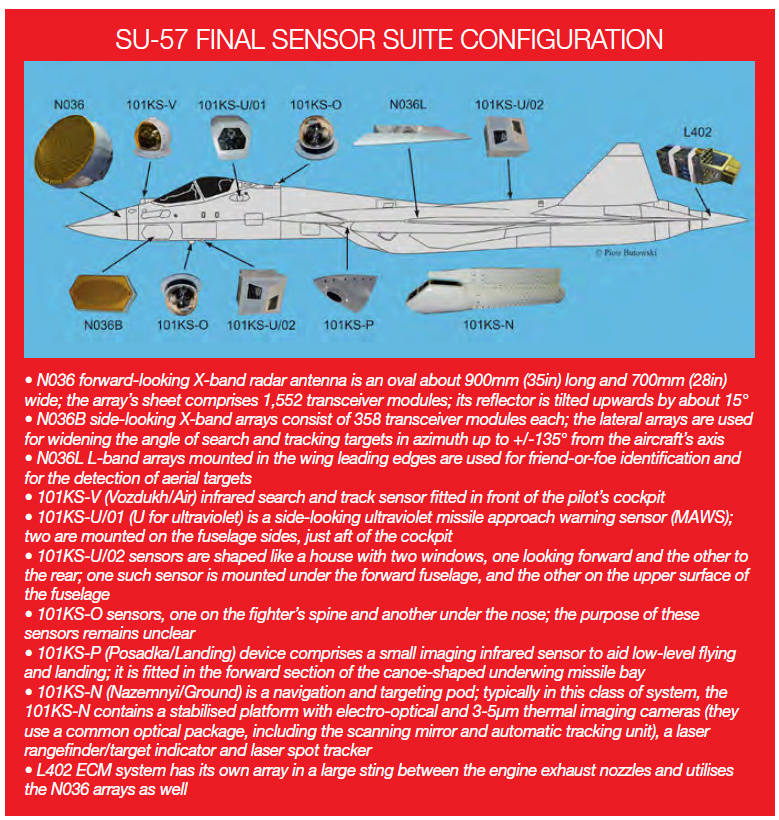Design focuses of BVR fighter are:You are asserting that the F-35 design is build around WVR and not BVR but have not provided any substantiation. You will need to offer substance and not just an opinion.
-positioning(supercruise range&speed, endurance, freedom of maneuver while engaged)
-all-aspect stealth
-hard specs of radar suit(the more range and power at widest possible angles, the better presicion - the merrier. Basically, the larger your array, the better)
-launch energy specs(cruising/dash speeds and altitudes)
-armament capacity and specifications
-supersonic agility and acceleration
Now place different 5th gen fighters here and see the result.
Errr, where to start.While Boeing in attempting to market its Growler has said that the F-35 is not all band capable and that it cannot provide EW support in egress, LM has remained silent. The AN/ASQ 239 is multi spectral all aspect protection. It is built from the ALR-94 that performed so well with the F-22, a capability that speaks for itself.. The F-35 community has said they don't want and don't need the Growler as its EW capability is sufficient to do the job.
-While Boeing is marketing Growler, the US navy continues to buy them.
-What AN/ASQ-239 does is a very neat topic, because " multi-spectral all-aspect" literally can mean anything(including flares). System itself is incredibly small, compared not only with the new flock of EW-focused 4.5 gens, but even with standart fighter jets.
-ALR-94 is an "excellent" reference, since it is non-emitting.
It's intended usage is to maximise advantages of stealth(which is reasonable) by detecting, locating, classifying all threats and notifying the pilot. And honestly, i really suspect 239 to be more or less the same.
Oh, till the very first long low-band qued threat.It is probably the only one that can execute suppression without support.
Leaving communications, datalinks and so on untouched is a novelty, too.



